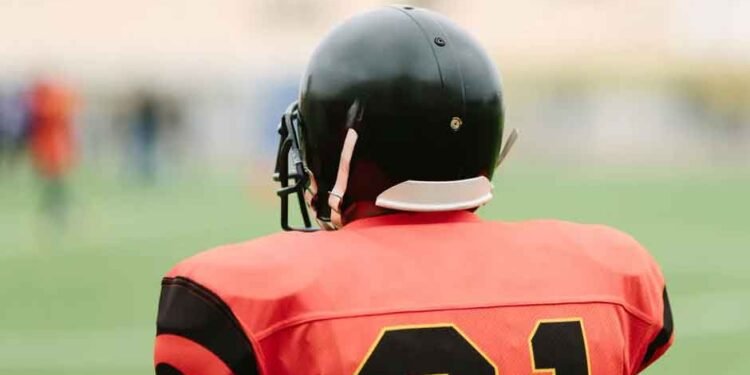Head protection is crucial in preventing brain injuries. The use of a helmet greatly reduces your risk of sustaining a head injury in the case of an accident. Not only do they increase your visibility to others around you through design colors and reflective strips, but most importantly, they absorb the shock of an impact.
Accidents can and do happen. That’s why it is important to put preventative safety measures in place. However, accidents are just that, accidents. They are completely unintentional. Sustaining a brain injury from someone else’s deliberate or negligent actions is serious. It can have far-reaching consequences and financial burdens. In a situation like this, involving legal expertise from an experienced personal injury attorney is an option.
Different Ways Helmets Are Utilized
There are many different ways that helmets are utilized. This can include sports, in different workplace settings, and while on the road.
On The Road
Motorcyclists and bicyclists both have their own reasons to be weary on the road. Neither have the protective confines that a car offers if they are in an accident. The only thing between them, the object that might have hit them, and the ground, is the protective gear they are wearing. Helmets have been proven to reduce the risk of head injury by 69% for motorcyclists and 60% for bicyclists.
Extreme Sports
With extreme sports such as skiing, snowboarding, and skateboarding, falling and falling hard is quite common. Beginners, even if they are cautious tend to fall a lot while learning how to balance. Those who have more experience tend to go faster and take more risks while learning new tricks. Falling while going slow and getting one’s bearings and falling from a height or while catching air have very different impacts. There is also the possibility of falling from someone accidentally hitting you from not being able to control their board or skis yet.
Work
Not only can hard hats reduce electrical shock when near an exposed electrical conductor that may contact the head, but they also protect the head from falling objects. OSHA (Occupational Safety and Health Administration) requires everyone at a construction site to wear a hard hat when there is any possible danger of head injury from impact, falling or flying objects, or electrical shocks and burns.
Other professions wear them as well including firefighters, police, and military personnel. They vary by profession in what they are made out of to address the demands of the job but still have the overall goal of preventing injuries and absorbing shock.
Other Sports
In contact sports such as football, helmets are required due to the constant risk of being hit and tackled. It’s no secret that concussions are prevalent in high-impact sports such as this.
Hockey is another sport where fights can break out and players can be tackled. The puck can also be a dangerous foe if it’s flung up during a pass and hits a player in the face. For this reason, some helmets have half or full shields over the face for extra protection.
A batter in baseball or softball is required to wear a helmet that protects the side of the head and a part of the face that faces the pitcher. While it’s never the pitcher’s intention to hit someone in the head, it can still happen. The batter only has a split second to gauge where the ball is going to make contact, how fast it is coming, and if they can move out of the way if it looks like it’s going to hit them.
Overall
The human brain is arguably the most important part of the human body. The safety of helmets can be maintained in various aspects of life. The multifaceted protection they offer is indispensable in preventing potentially life-altering head injuries in many situations.












